Home>Furniture & Design>Bathroom Accessories>What Causes A Toilet Bowl To Crack
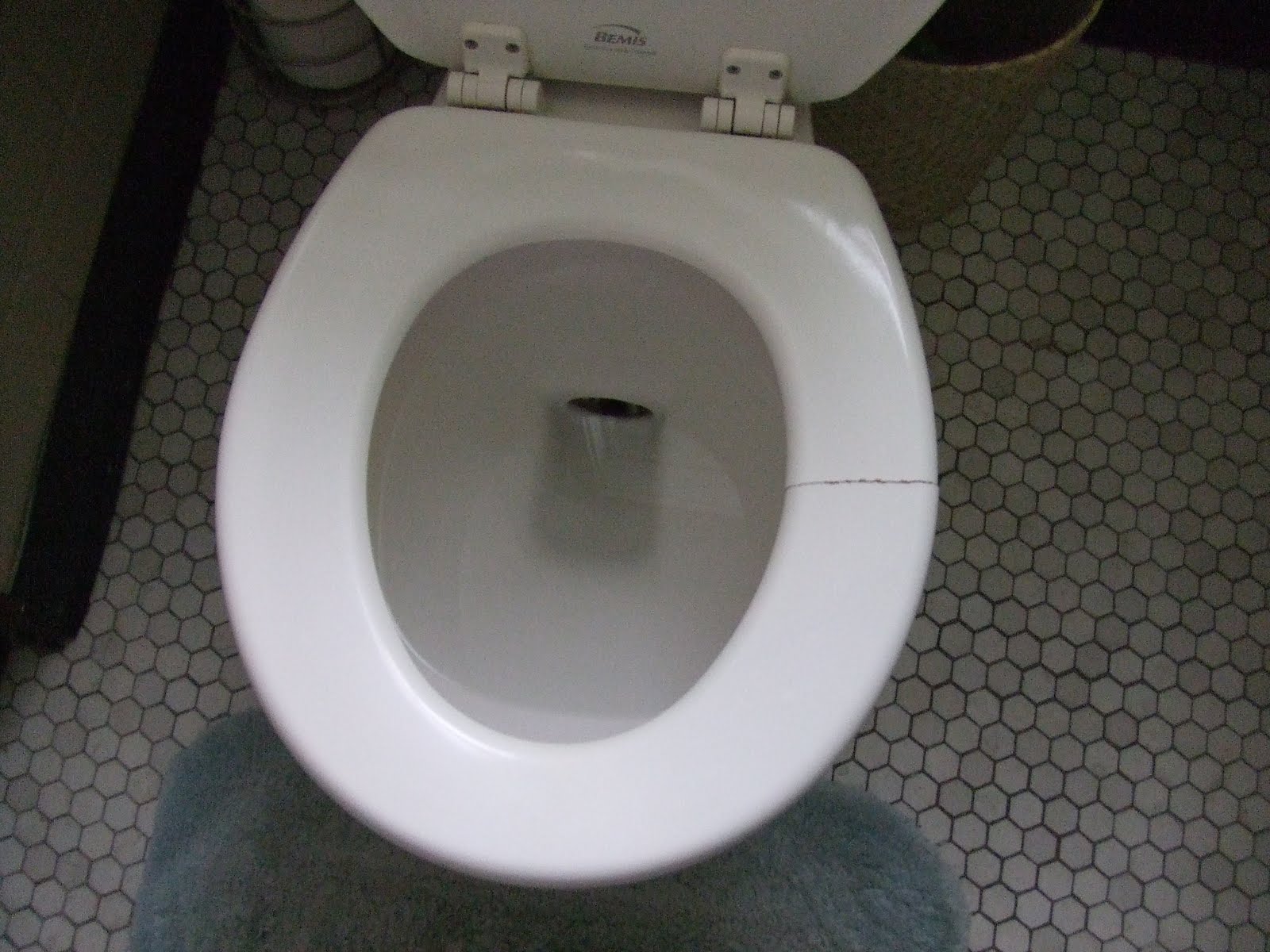

Bathroom Accessories
What Causes A Toilet Bowl To Crack
Modified: April 22, 2024
Learn about the causes of toilet bowl cracks and how bathroom accessories can help prevent them. Find solutions to keep your toilet in top condition.
(Many of the links in this article redirect to a specific reviewed product. Your purchase of these products through affiliate links helps to generate commission for Storables.com, at no extra cost. Learn more)
Introduction
A toilet bowl is an essential fixture in any bathroom, providing a crucial function that we often take for granted. However, despite its sturdy appearance, a toilet bowl is susceptible to cracking under certain circumstances. Understanding the potential causes of a cracked toilet bowl can help homeowners and plumbers alike in preventing this inconvenient and costly issue.
A cracked toilet bowl not only compromises the functionality of the toilet but also poses potential safety hazards and can lead to water damage in the bathroom. Therefore, it is crucial to be aware of the factors that can contribute to this problem. In this comprehensive guide, we will explore the various reasons why a toilet bowl may crack, shedding light on the importance of proper installation, the impact of physical damage, the effects of thermal stress, and the implications of manufacturing defects.
By delving into these factors, we aim to equip readers with the knowledge needed to identify potential risks and take proactive measures to prevent toilet bowl cracks. Whether you are a homeowner seeking to maintain your bathroom fixtures or a professional in the plumbing industry, understanding the causes of toilet bowl cracks is essential for ensuring the longevity and functionality of this fundamental component of any modern household.
Key Takeaways:
- Don’t crack under pressure! Proper installation, careful handling, and preventive measures can help keep your toilet bowl intact and functional for the long haul.
- Hot tip: Avoid thermal stress! Gradual temperature changes and adequate ventilation can help prevent cracks in your toilet bowl, keeping it in top-notch condition.
Read more: What Causes Toilet Bowl Stains
Poor Installation
Poor installation is a common cause of toilet bowl cracks. When a toilet is not installed correctly, it can lead to structural issues that compromise its integrity over time. Improper installation may involve using the wrong tools, failing to secure the toilet to the floor adequately, or neglecting to apply the appropriate sealing materials.
One of the critical aspects of proper installation is ensuring that the toilet bowl is securely anchored to the floor. If the bolts securing the toilet to the floor are overtightened, it can create undue pressure on the porcelain, leading to hairline cracks that may worsen over time. Conversely, if the bolts are not tightened sufficiently, the toilet may become unstable, causing it to shift and potentially crack under the stress of regular use.
Furthermore, the use of incorrect or substandard sealing materials during installation can also contribute to the development of cracks in the toilet bowl. Inadequate sealing can result in leaks around the base of the toilet, leading to water accumulation and seepage beneath the porcelain surface. Over time, this moisture can weaken the structure of the toilet bowl, making it more susceptible to cracking.
In some cases, inexperienced individuals may attempt to install a toilet without the necessary expertise, leading to errors that compromise the integrity of the fixture. This can include improper alignment of the toilet with the floor drain, uneven distribution of weight, or failure to address underlying issues such as an unstable subfloor.
To mitigate the risk of cracks due to poor installation, it is crucial to enlist the services of a qualified plumber or professional installer. These experts possess the knowledge and experience to ensure that the toilet is installed correctly, using the appropriate tools, materials, and techniques. By investing in professional installation, homeowners can minimize the likelihood of structural issues that may lead to cracks in the toilet bowl, thereby safeguarding the functionality and longevity of this essential bathroom fixture.
In summary, poor installation practices, such as inadequate anchoring, improper sealing, and amateur installation attempts, can significantly increase the risk of developing cracks in a toilet bowl. By prioritizing proper installation procedures and seeking professional assistance when needed, homeowners can mitigate this risk and maintain the structural integrity of their toilet fixtures.
Impact or Physical Damage
Impact or physical damage is another significant factor that can lead to the cracking of a toilet bowl. The bathroom is a high-traffic area, and accidents or mishandling can occur, potentially causing damage to the toilet fixture. Whether it's a heavy object accidentally falling onto the toilet bowl, a sharp impact from a hard object, or even excessive force applied during cleaning or maintenance, these physical factors can result in cracks that compromise the structural integrity of the porcelain.
One common scenario involves dropping a heavy object, such as a metal bathroom accessory or a tool, onto the toilet bowl. The impact from such an event can create a localized stress point on the porcelain, leading to a crack. Similarly, using excessive force when tightening the bolts during maintenance or attempting to move the toilet fixture without proper precautions can also result in physical damage that manifests as cracks in the bowl.
Moreover, accidental impacts from hard objects, such as dropping a porcelain or metal item onto the toilet, can cause immediate visible damage or create hairline cracks that may worsen over time. Even minor cracks can weaken the overall structure of the toilet bowl, making it more susceptible to further damage from regular use.
In households with children, accidental impacts or rough handling of bathroom fixtures can also contribute to the risk of physical damage to the toilet bowl. Children may inadvertently apply excessive force or mishandle objects in the bathroom, increasing the likelihood of impact-related cracks in the toilet fixture.
Furthermore, environmental factors such as earthquakes or other structural movements can also lead to physical damage to the toilet bowl. Sudden shifts in the building's foundation or structural integrity can place undue stress on the toilet fixture, potentially resulting in cracks or fractures in the porcelain.
To mitigate the risk of impact-related cracks, homeowners should exercise caution when handling objects in the bathroom and avoid placing heavy or hard items in close proximity to the toilet. Additionally, implementing childproofing measures and educating children about proper bathroom etiquette can help reduce the likelihood of accidental impacts that may lead to cracks in the toilet bowl.
In summary, impact or physical damage, whether from accidental mishandling, excessive force during maintenance, or environmental factors, poses a significant risk to the structural integrity of a toilet bowl. By promoting careful handling practices and implementing preventive measures, homeowners can minimize the potential for impact-related cracks and preserve the functionality of this essential bathroom fixture.
To prevent a toilet bowl from cracking, avoid using harsh chemical cleaners or flushing foreign objects down the toilet. Also, be careful not to overtighten the bolts during installation.
Thermal Stress
Thermal stress is a critical factor that can contribute to the development of cracks in a toilet bowl. This phenomenon occurs when the temperature differentials experienced by the porcelain material exceed its capacity to expand or contract without sustaining damage. In a typical household setting, thermal stress can arise from various sources, including hot water, environmental temperature fluctuations, and direct exposure to heat sources.
One common scenario involves the use of hot water during cleaning or maintenance activities in the bathroom. When hot water is poured into the toilet bowl, especially if the fixture has been exposed to colder temperatures, the rapid and uneven temperature change can induce thermal stress in the porcelain. Over time, this repeated thermal shock can weaken the material, making it more susceptible to developing cracks.
Environmental temperature fluctuations can also contribute to thermal stress in a toilet bowl. For instance, in regions with extreme seasonal variations, the porcelain material of the toilet fixture may undergo repeated cycles of expansion and contraction as it responds to changes in ambient temperature. This continuous thermal cycling can gradually compromise the structural integrity of the porcelain, potentially leading to the formation of cracks.
Furthermore, direct exposure to heat sources, such as radiant heaters or nearby exhaust vents, can subject the toilet bowl to localized temperature differentials that exceed its thermal tolerance. This can create uneven expansion and contraction within the porcelain, increasing the risk of developing cracks over time.
To mitigate the risk of thermal stress-related cracks, homeowners can implement several preventive measures. For instance, when using hot water in the bathroom, it is advisable to temper the temperature gradually to minimize the shock to the porcelain material. Additionally, ensuring adequate ventilation in the bathroom can help regulate temperature differentials and reduce the impact of environmental fluctuations on the toilet fixture.
Moreover, positioning the toilet fixture away from direct heat sources and insulating the surrounding area can help minimize the exposure to extreme temperature differentials, thereby reducing the risk of thermal stress-related damage.
In summary, thermal stress, arising from factors such as hot water exposure, environmental temperature fluctuations, and direct heat sources, can significantly impact the structural integrity of a toilet bowl. By implementing preventive measures and promoting careful usage practices, homeowners can mitigate the risk of thermal stress-related cracks and preserve the functionality and longevity of this essential bathroom fixture.
Manufacturing Defects
Manufacturing defects represent a critical factor that can contribute to the development of cracks in a toilet bowl. Despite the stringent quality control measures employed by reputable manufacturers, occasional defects in the porcelain material or the production process can lead to structural weaknesses that manifest as cracks over time.
One of the primary manufacturing defects that can impact the integrity of a toilet bowl is the presence of inherent flaws in the porcelain material itself. These flaws may include microscopic fissures, air pockets, or uneven material density within the porcelain. While these imperfections may not be immediately apparent, they can compromise the structural resilience of the toilet fixture, making it more susceptible to developing cracks under the stress of regular use.
Furthermore, inconsistencies in the production process, such as variations in firing temperatures or inadequate material mixing, can result in substandard porcelain quality. This can lead to uneven material composition or compromised structural integrity, increasing the likelihood of developing cracks in the finished product. Additionally, improper handling or storage of the porcelain material during the manufacturing process can introduce vulnerabilities that may contribute to the formation of cracks in the toilet bowl.
In some cases, manufacturing defects may also manifest as design flaws in the toilet fixture itself. This can include inadequate reinforcement in critical stress points, suboptimal material thickness, or structural weaknesses in specific areas of the bowl. These design-related defects can exacerbate the susceptibility of the toilet bowl to cracking, especially under the regular mechanical and thermal stresses experienced during typical usage.
To mitigate the risk of manufacturing defect-related cracks, homeowners should prioritize purchasing toilet fixtures from reputable manufacturers with a proven track record of quality and reliability. Additionally, conducting thorough inspections of the porcelain material for any visible imperfections or irregularities before installation can help identify potential manufacturing defects early on, allowing for timely intervention and replacement if necessary.
Moreover, engaging with professional plumbers or industry experts can provide valuable insights into the quality and reliability of different toilet fixture brands, enabling homeowners to make informed decisions that minimize the risk of encountering manufacturing defect-related issues.
In summary, manufacturing defects, encompassing flaws in the porcelain material, production process inconsistencies, and design-related vulnerabilities, can significantly impact the structural integrity of a toilet bowl. By exercising diligence in selecting reputable manufacturers and conducting thorough inspections, homeowners can mitigate the risk of manufacturing defect-related cracks and ensure the longevity and reliability of this essential bathroom fixture.
Read more: What Causes Toilet Bowl Ring
Conclusion
In conclusion, the potential causes of a cracked toilet bowl are multifaceted, encompassing factors such as poor installation, impact or physical damage, thermal stress, and manufacturing defects. Understanding these underlying reasons is crucial for homeowners and professionals in the plumbing industry to proactively address and mitigate the risk of encountering this inconvenient and costly issue.
Proper installation emerges as a pivotal factor in preventing toilet bowl cracks. Ensuring that the toilet is securely anchored to the floor, using the correct sealing materials, and enlisting the expertise of qualified professionals during installation can significantly reduce the likelihood of structural issues that may lead to cracks in the toilet bowl.
Impact or physical damage represents another significant risk factor, stemming from accidental mishandling, excessive force during maintenance, or environmental factors such as earthquakes. Implementing preventive measures, exercising caution when handling objects in the bathroom, and promoting careful usage practices can help minimize the potential for impact-related cracks and preserve the functionality of the toilet fixture.
Thermal stress, arising from hot water exposure, environmental temperature fluctuations, and direct heat sources, can also compromise the structural integrity of a toilet bowl. By implementing preventive measures such as gradual temperature changes and adequate ventilation, homeowners can mitigate the risk of thermal stress-related cracks and ensure the longevity of the toilet fixture.
Manufacturing defects, encompassing flaws in the porcelain material, production process inconsistencies, and design-related vulnerabilities, represent a critical consideration in selecting reliable toilet fixtures. Prioritizing reputable manufacturers and conducting thorough inspections can help mitigate the risk of encountering manufacturing defect-related issues, thereby ensuring the reliability and longevity of the toilet bowl.
By understanding and addressing these potential causes, homeowners and professionals can take proactive measures to safeguard the functionality and structural integrity of the toilet bowl, minimizing the risk of encountering cracks and the associated inconveniences and expenses. Ultimately, prioritizing proper installation, careful handling, preventive measures, and informed decision-making in selecting toilet fixtures can contribute to the longevity and reliability of this essential bathroom component.
Frequently Asked Questions about What Causes A Toilet Bowl To Crack
Was this page helpful?
At Storables.com, we guarantee accurate and reliable information. Our content, validated by Expert Board Contributors, is crafted following stringent Editorial Policies. We're committed to providing you with well-researched, expert-backed insights for all your informational needs.
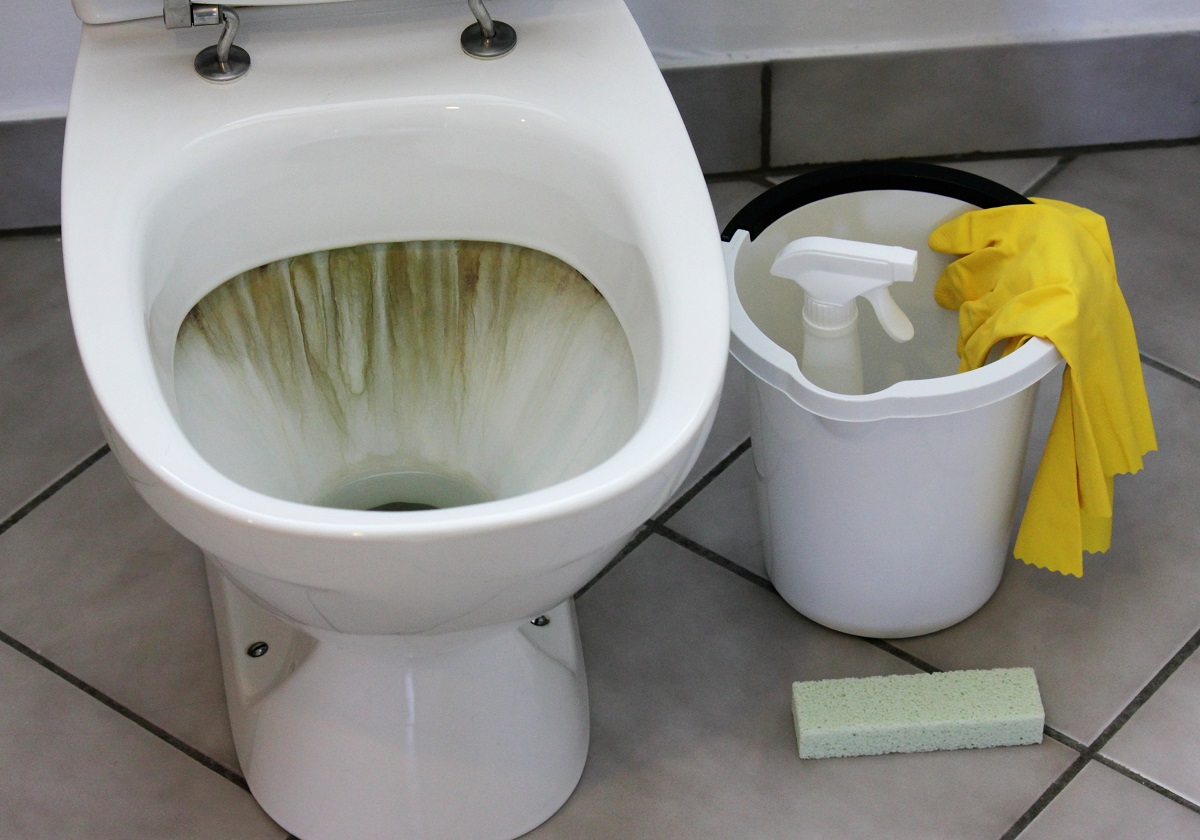
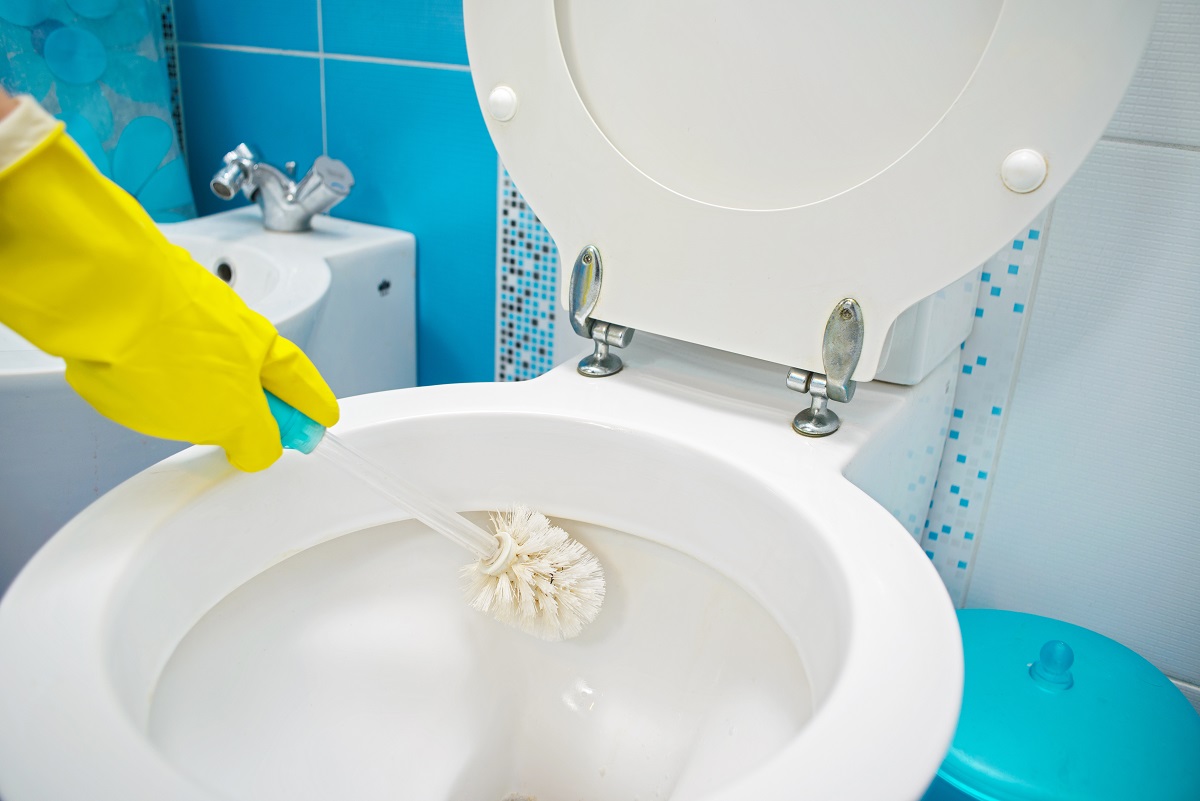
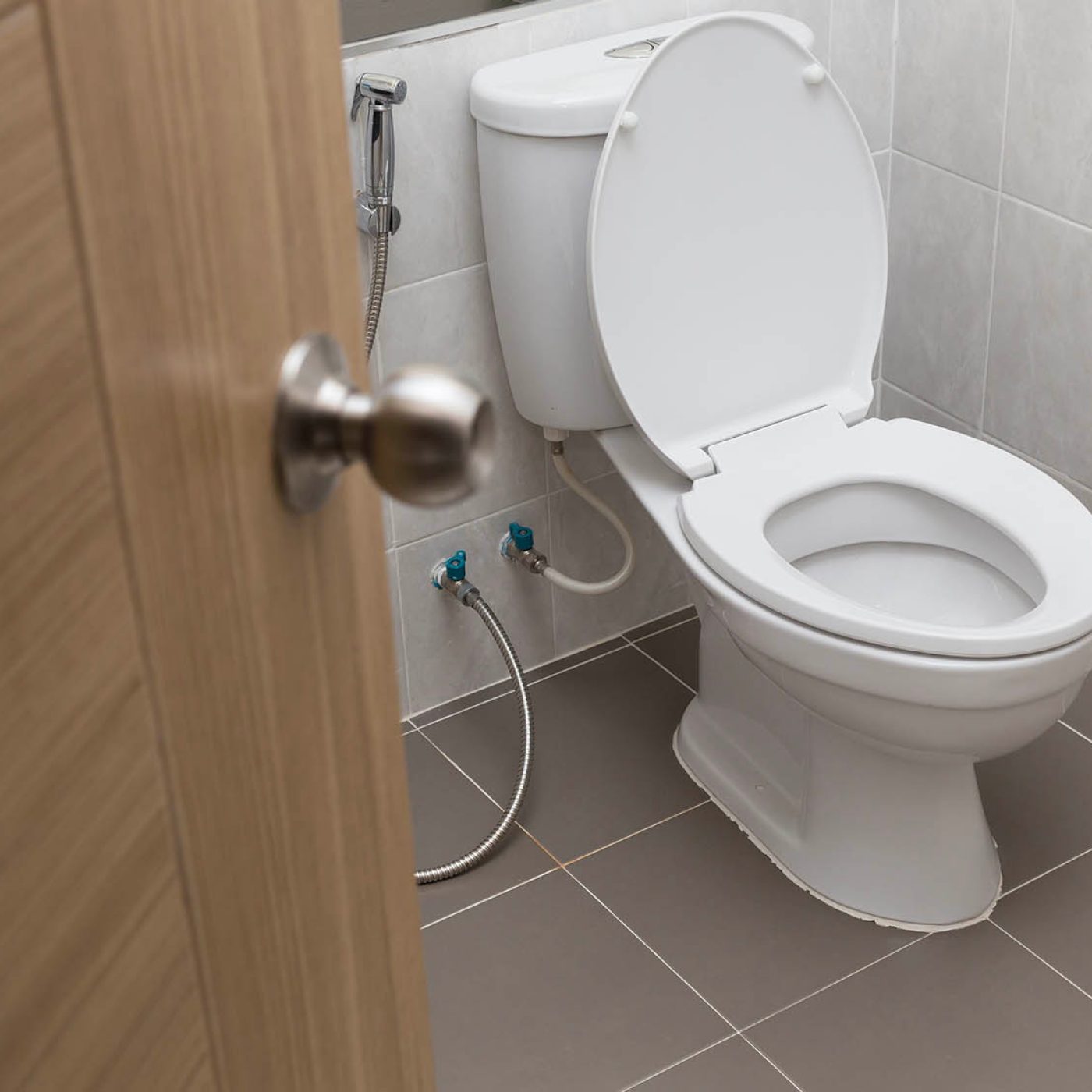
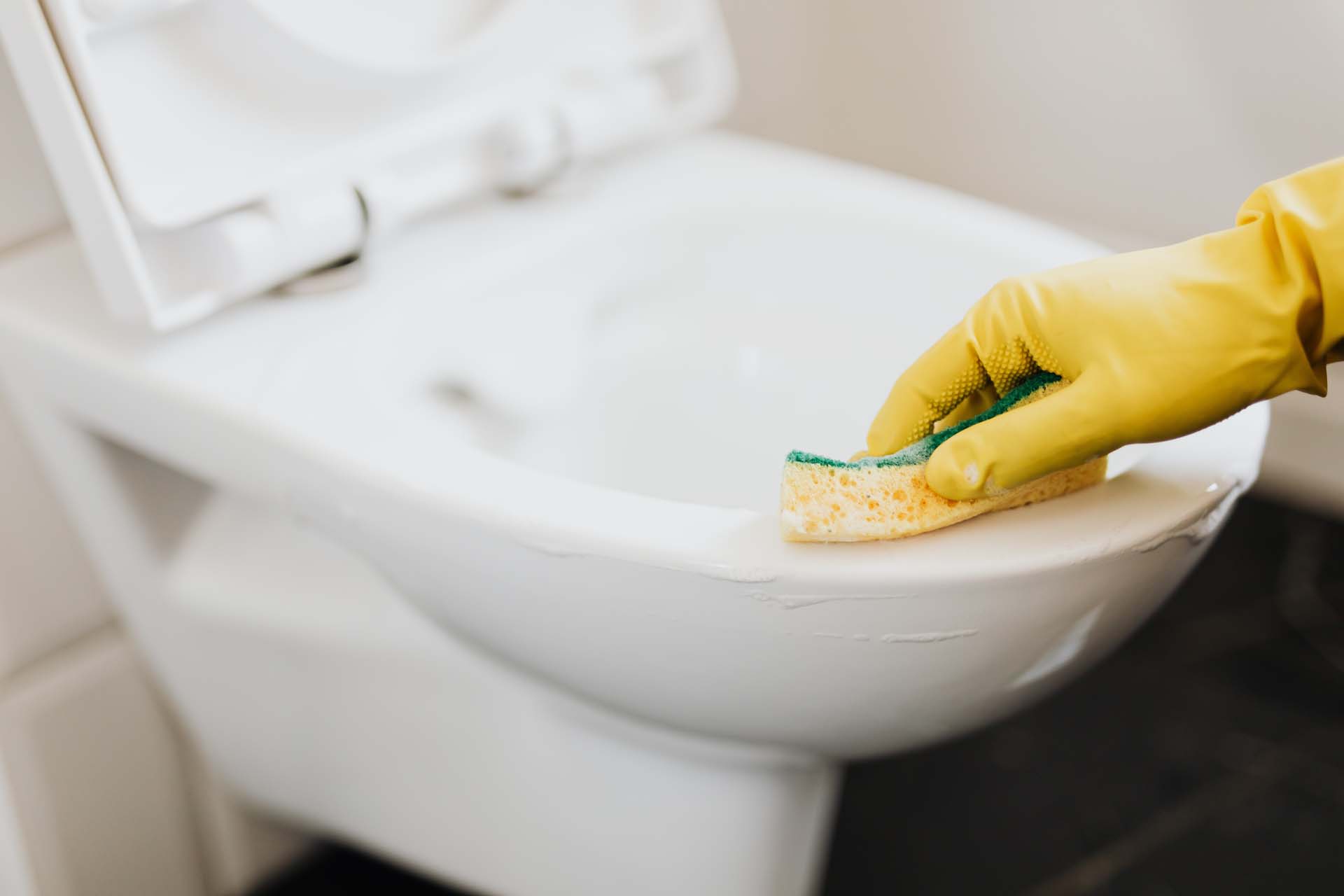
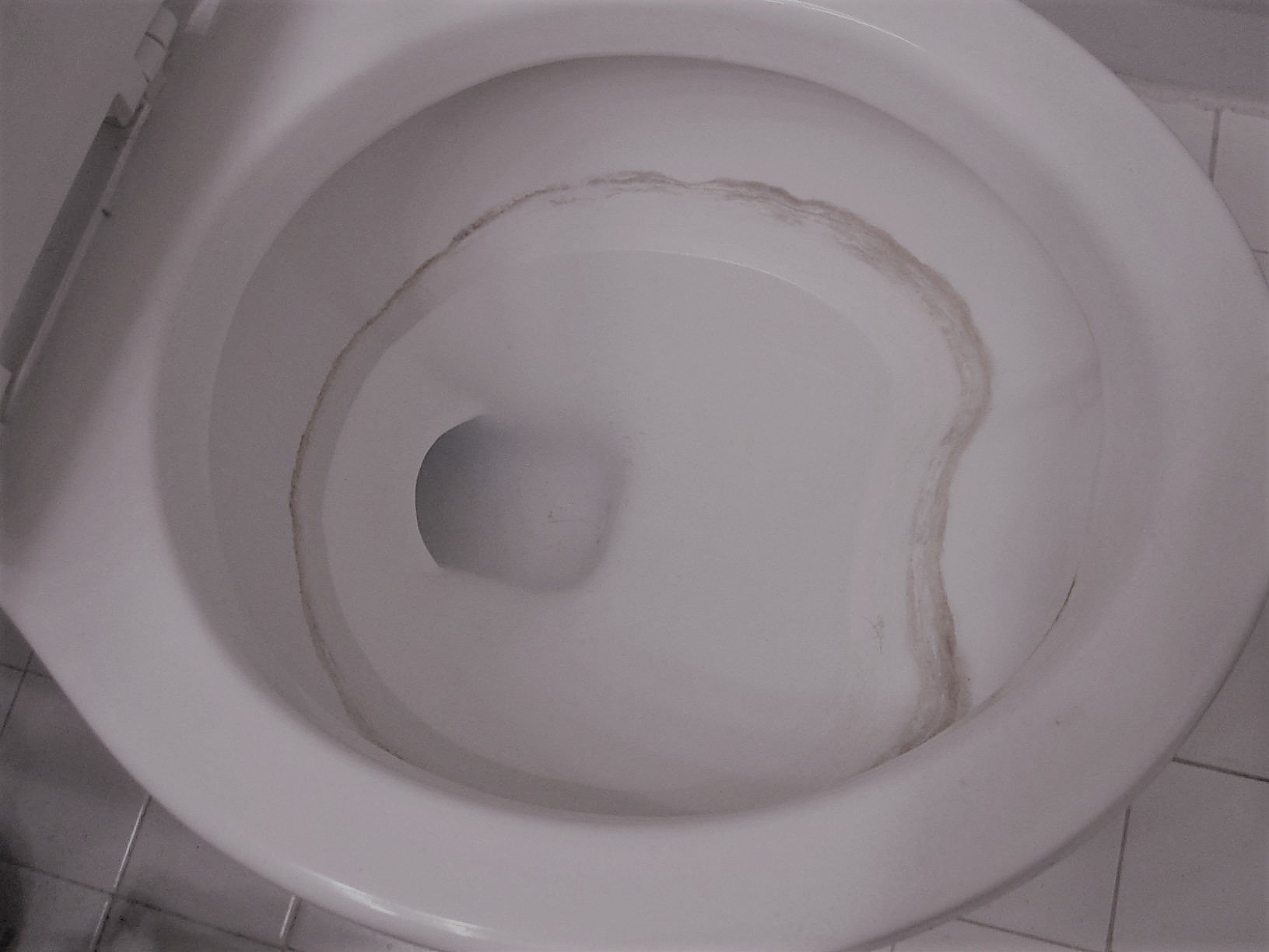
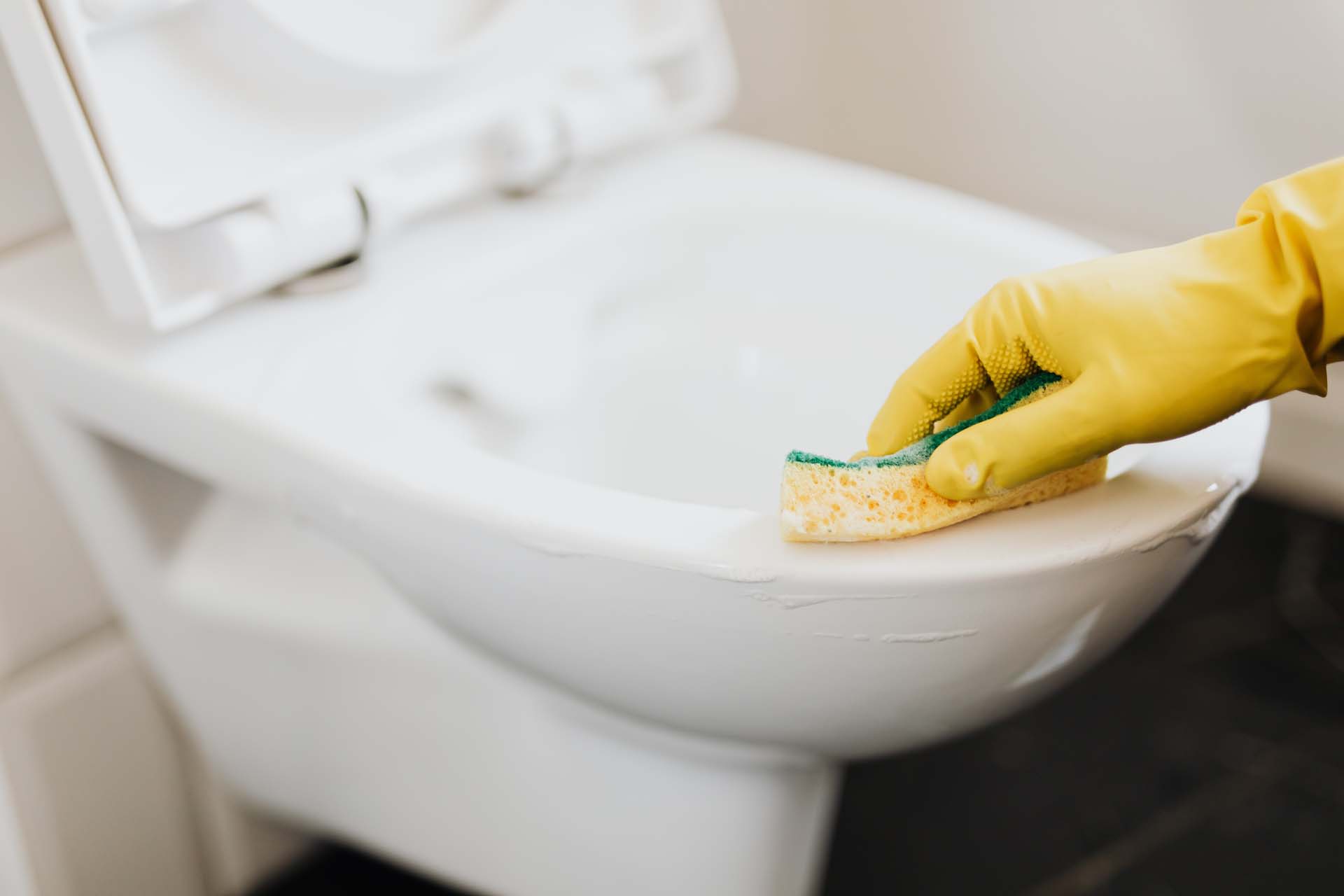
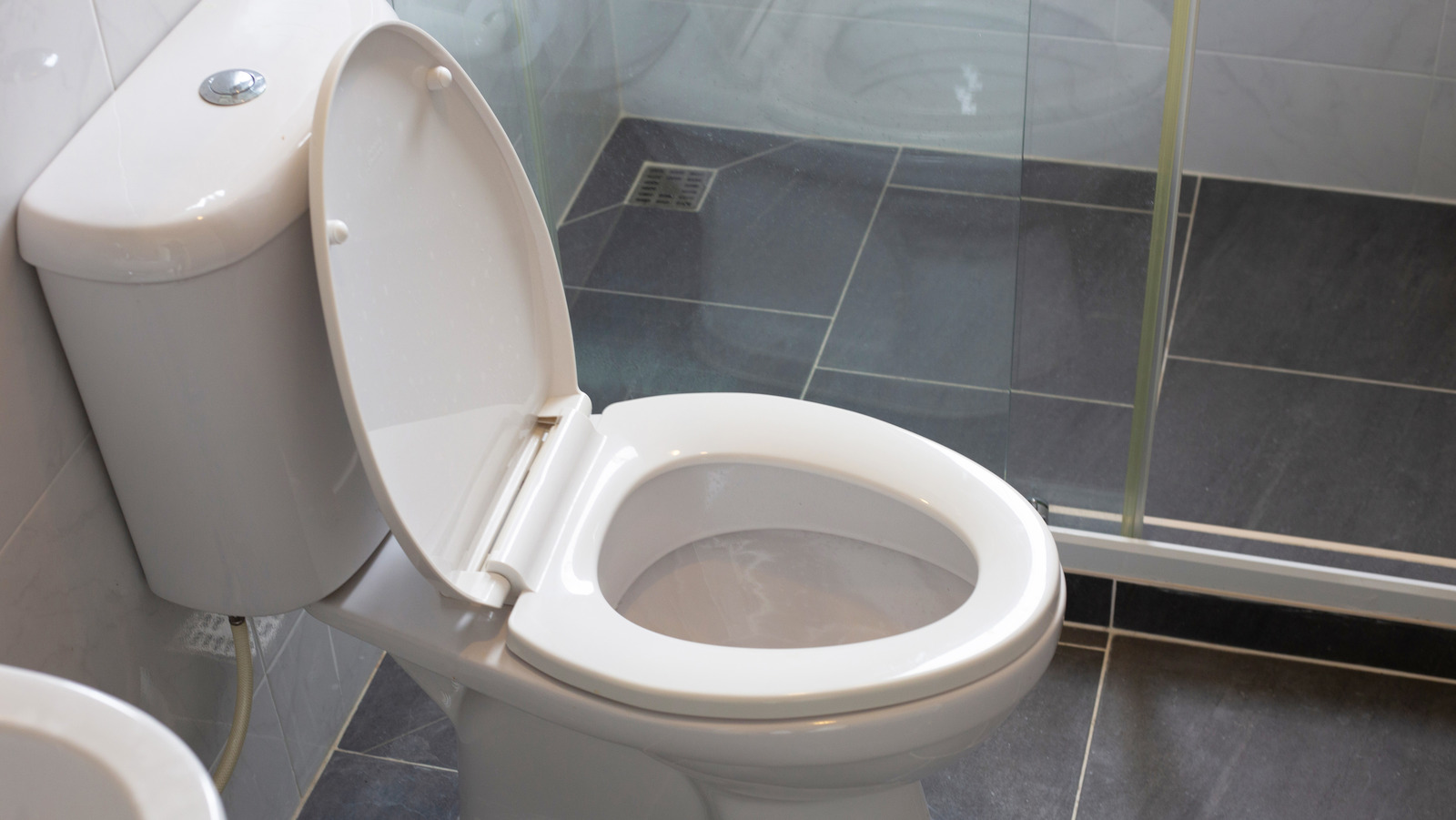
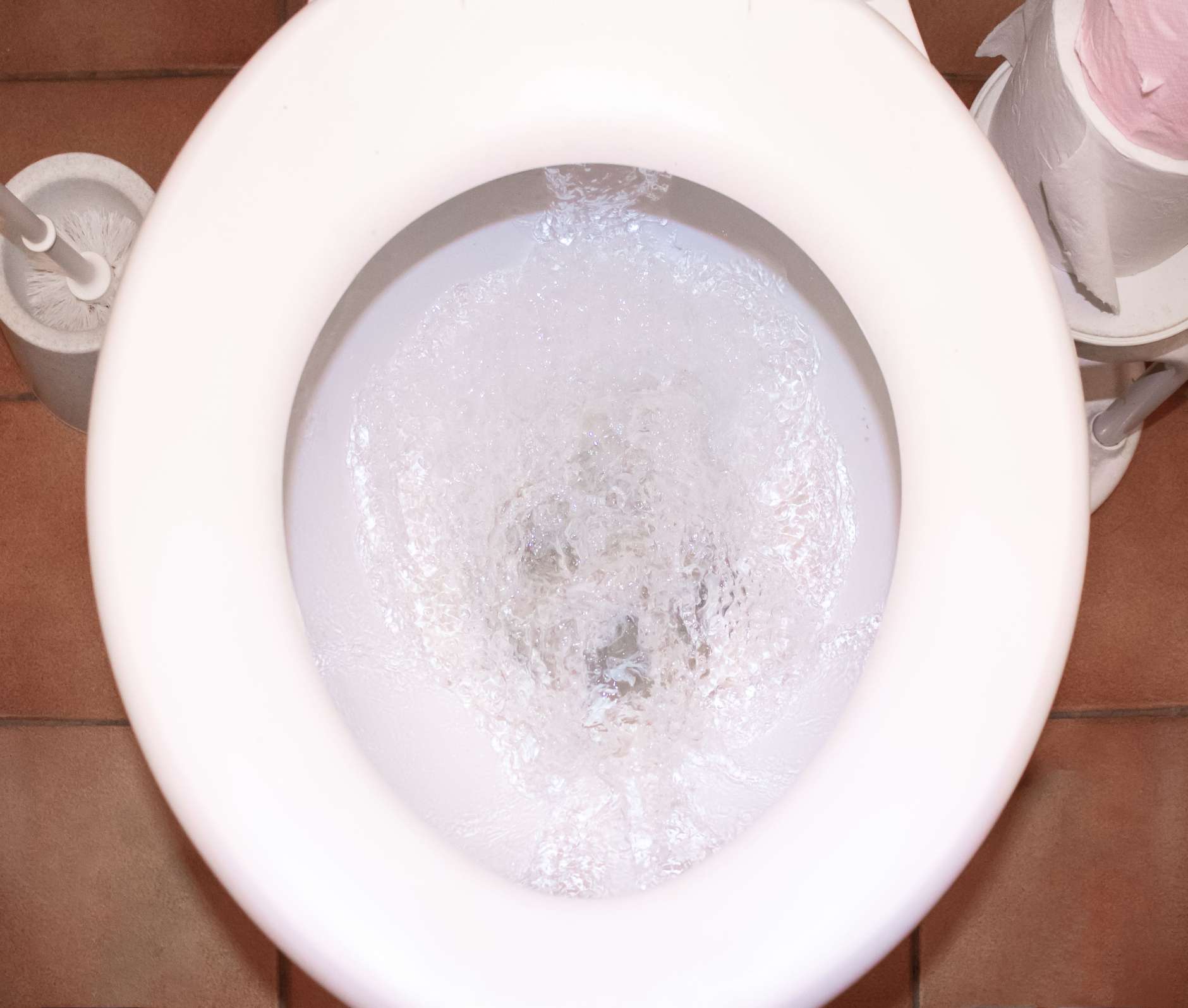
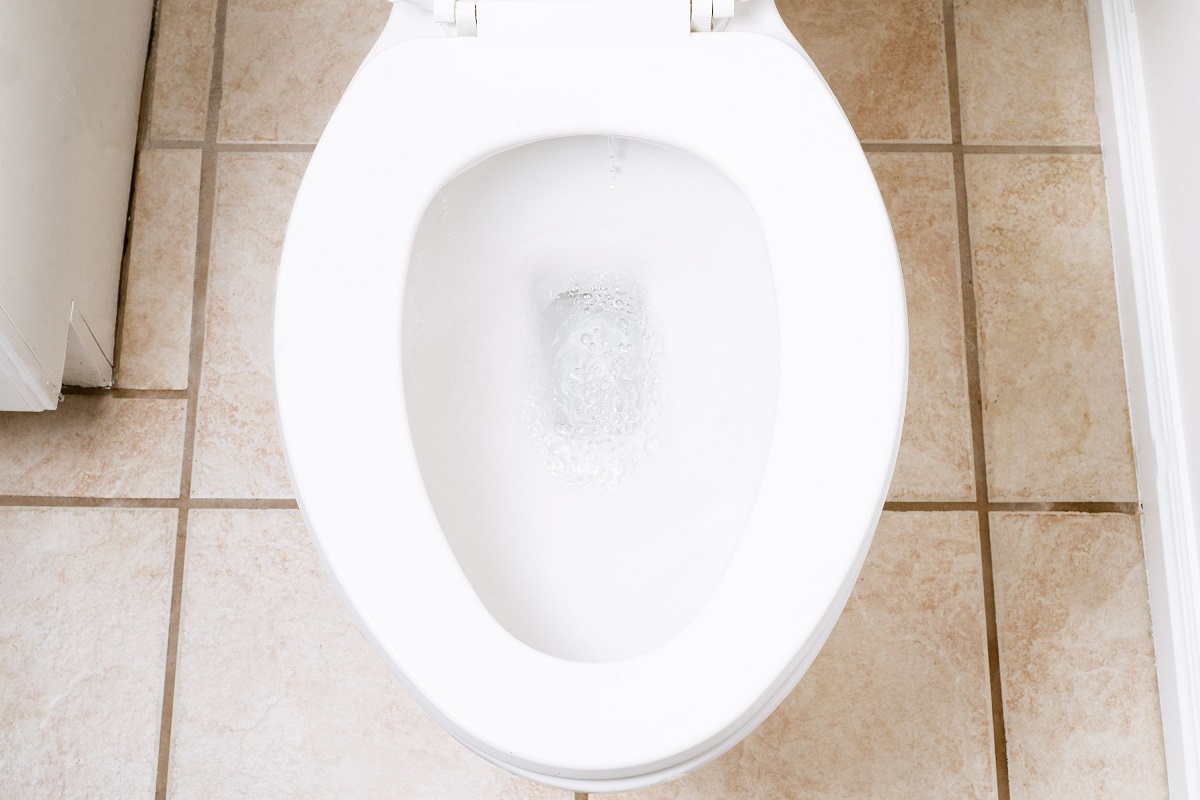
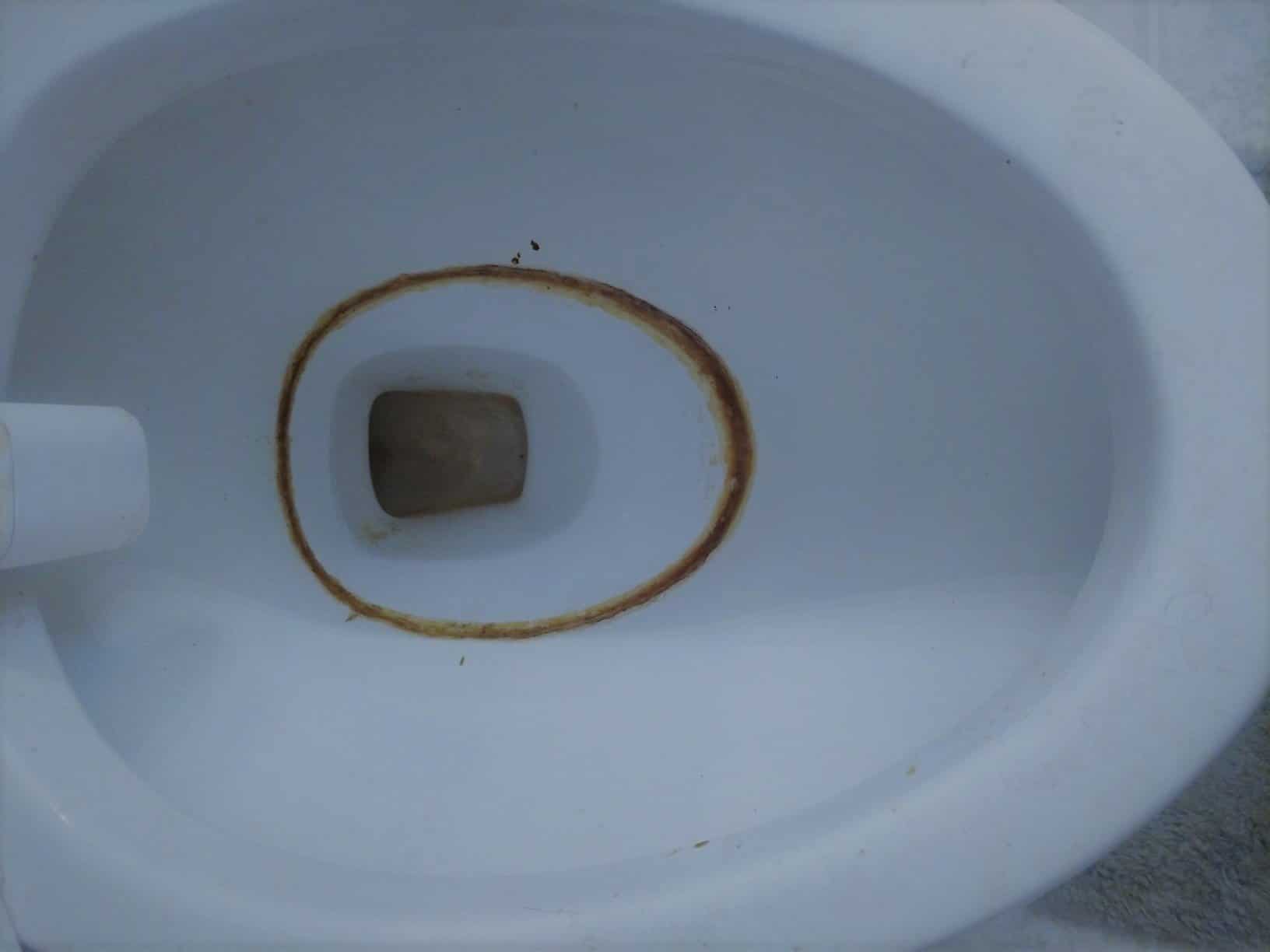
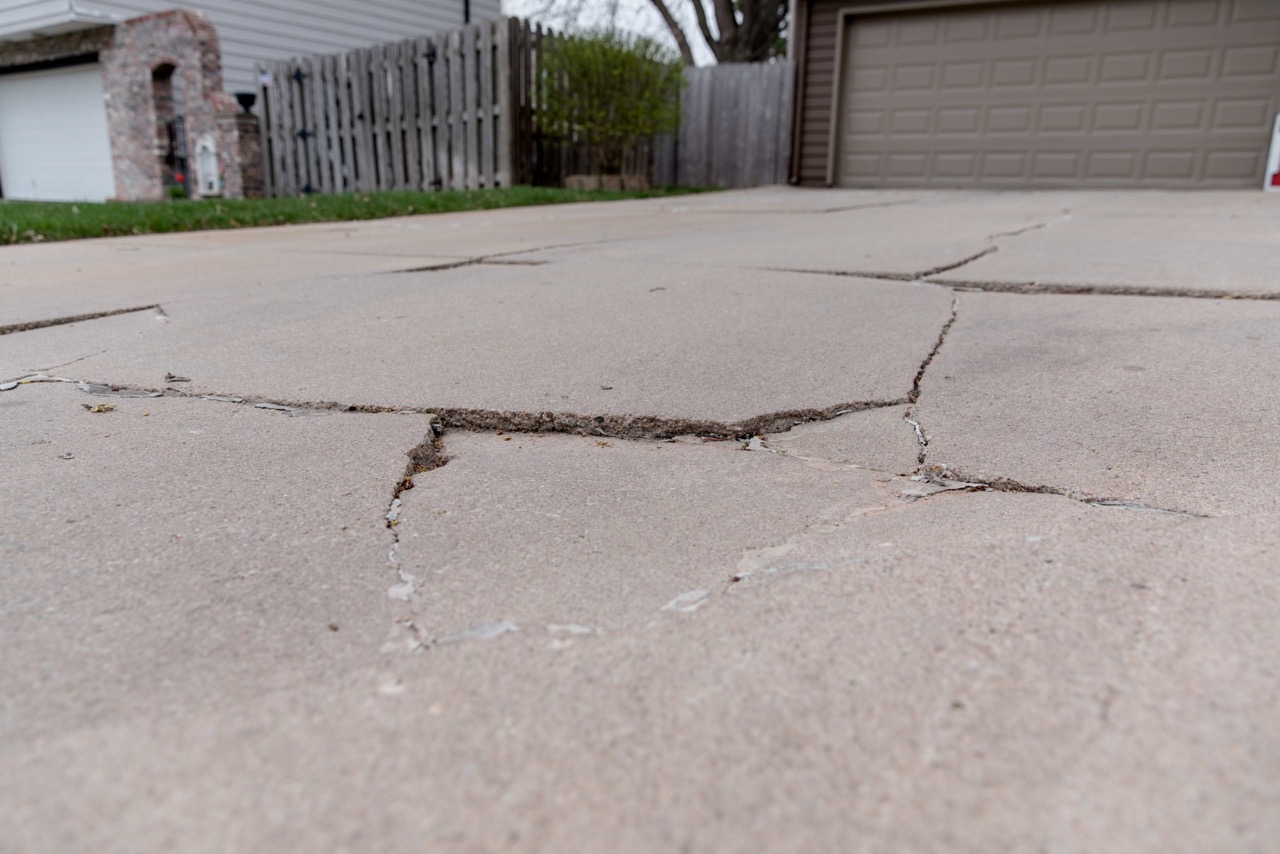
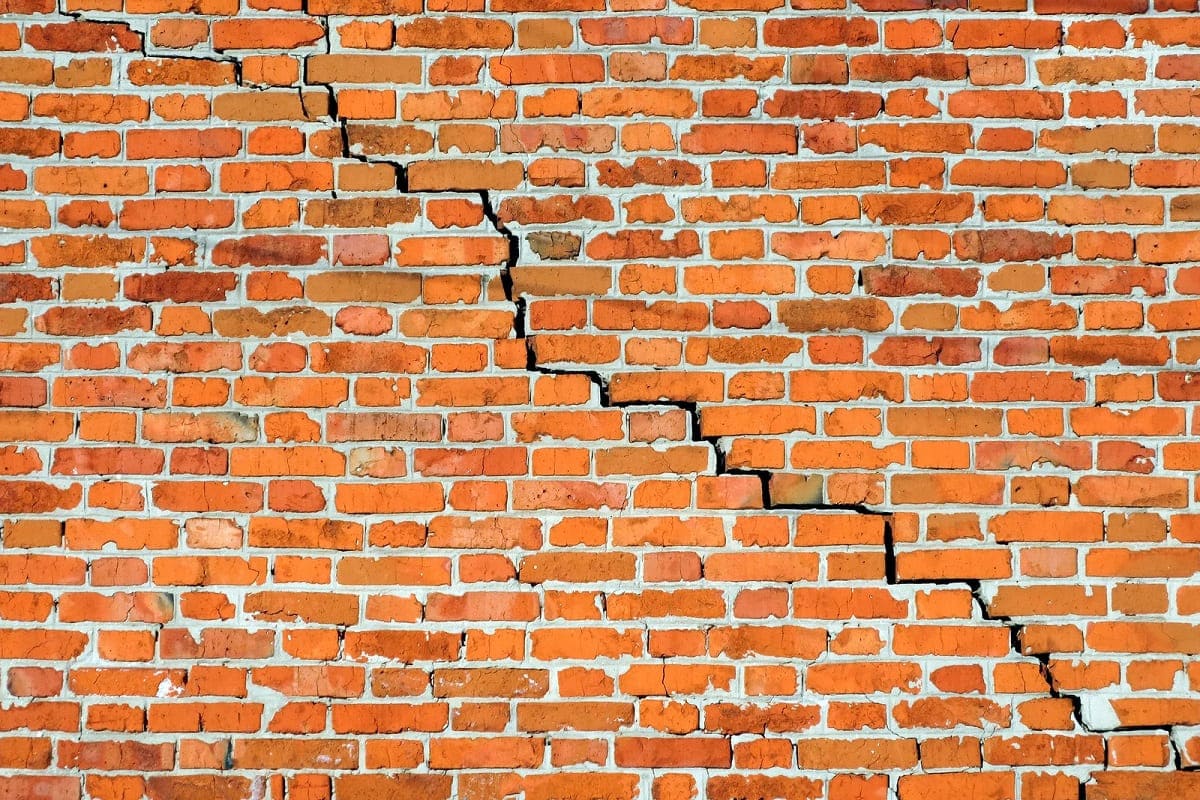
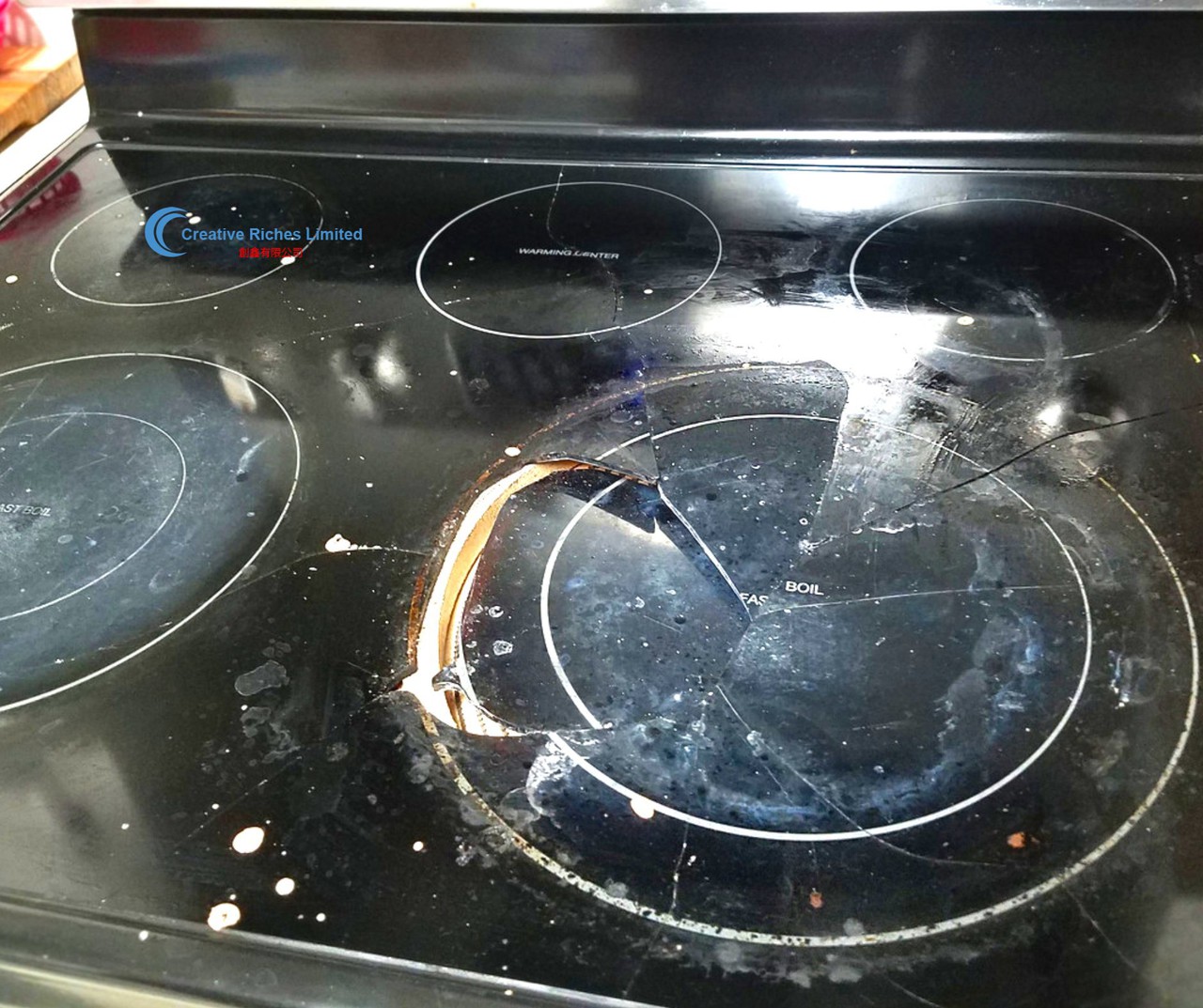
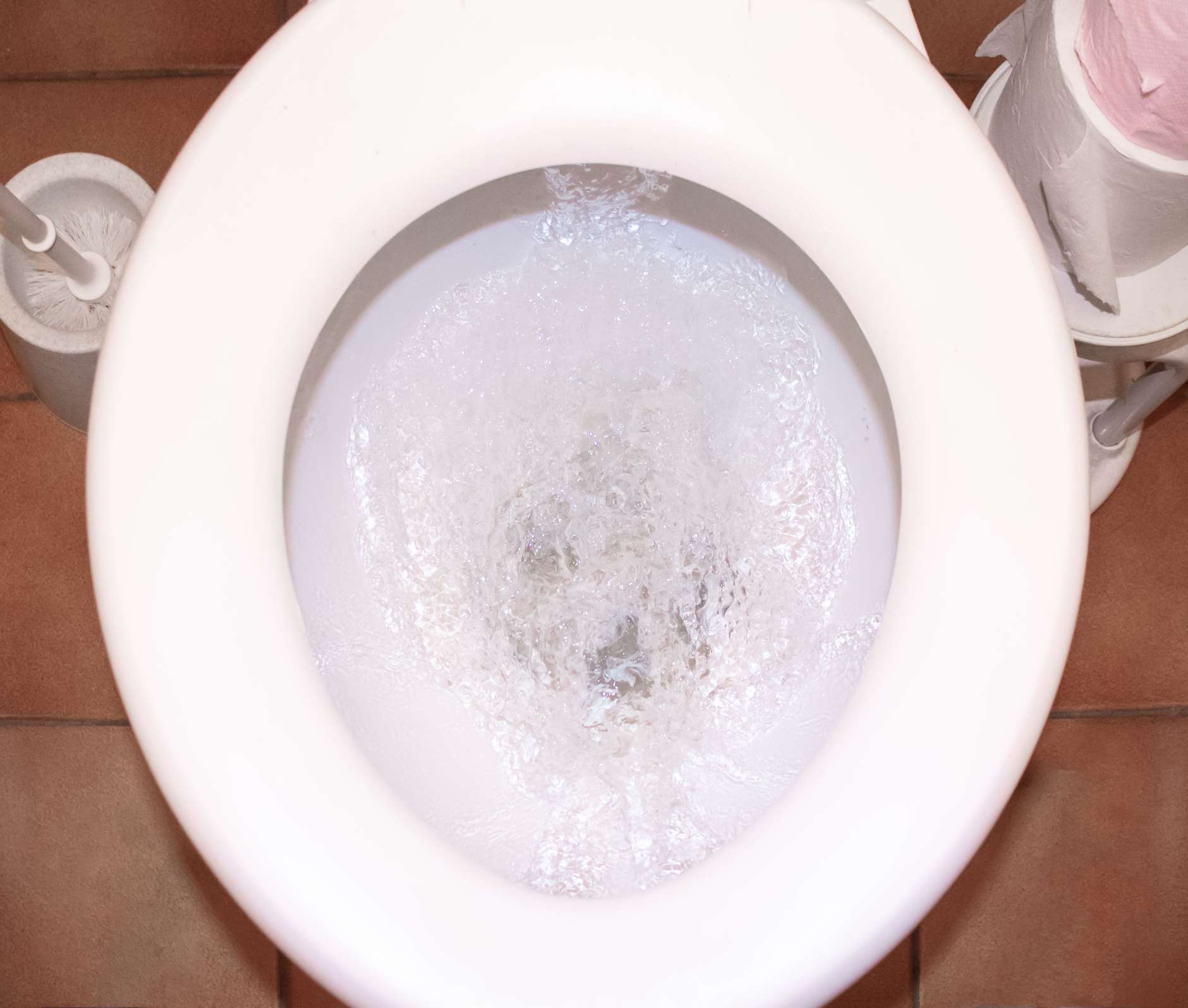

0 thoughts on “What Causes A Toilet Bowl To Crack”